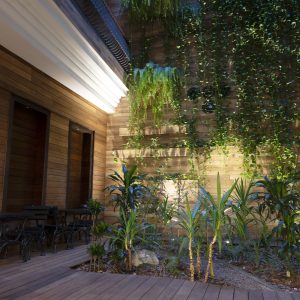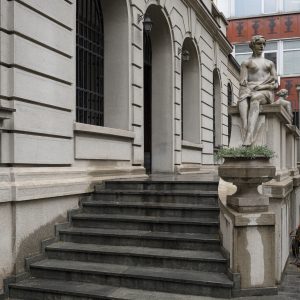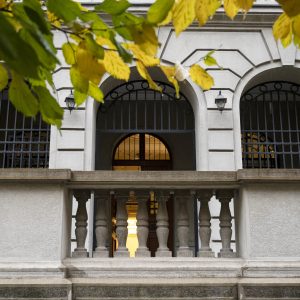The building is an example of Neo-Classicism that dominated Europe and America in the late 19th and early 2Oth centuries and was also known as Academicism due to its origins in the French Académie des Beaux-Arts.
Positioned in a prominent site facing Pionirski Park in a prestigious Central Belgrade district near the Presidential Palace and Parliament, the Turkish Embassy’s Chancellery stands out with its striking neoclassical architecture and statuary. Designed by Živojin Nikolić, it was constructed in 1924 and initially served as the Vračarska Zadruga Bank. The Embassy of the Republic of Turkey moved here in 1932; the building is now Turkish state property following the purchase in 1967.
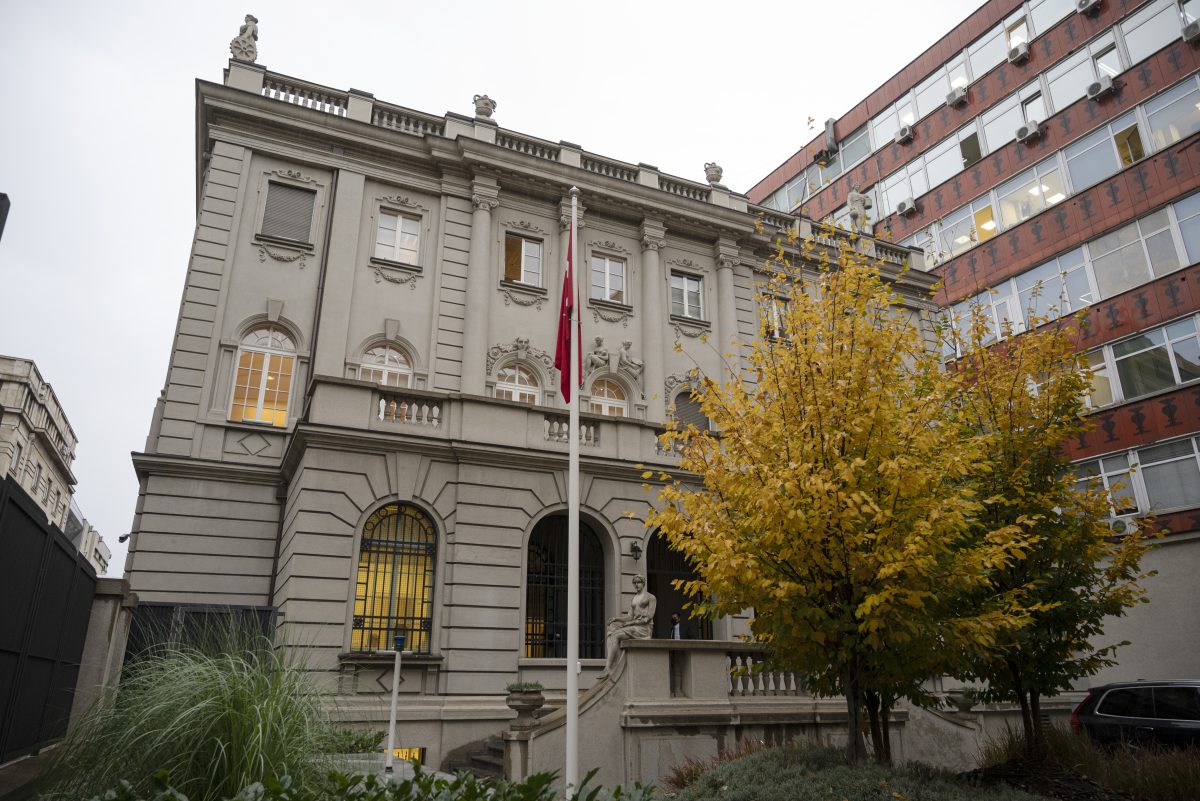
Educated in Munich between 1908 and 1912, Nikolic became one of the greatest Serbian architects of all times; the Royal Compound in Dedinje (Turkish for ‘grandfather’s place’) is a joint Nikolic-Krasnov project. Built between 1924 and 1929, it later served Tito, the President of Yugoslavia. The Dedinje Palace served as a blueprint for the Yugoslav Chancellery built in Ankara around the same time; and indeed, the latter repeats numerous stylistic elements of the Palace. The nationalistic approach favoured by Nikolic resulted in the creation of a Serbian-Byzantine style that uses Serbian motifs.
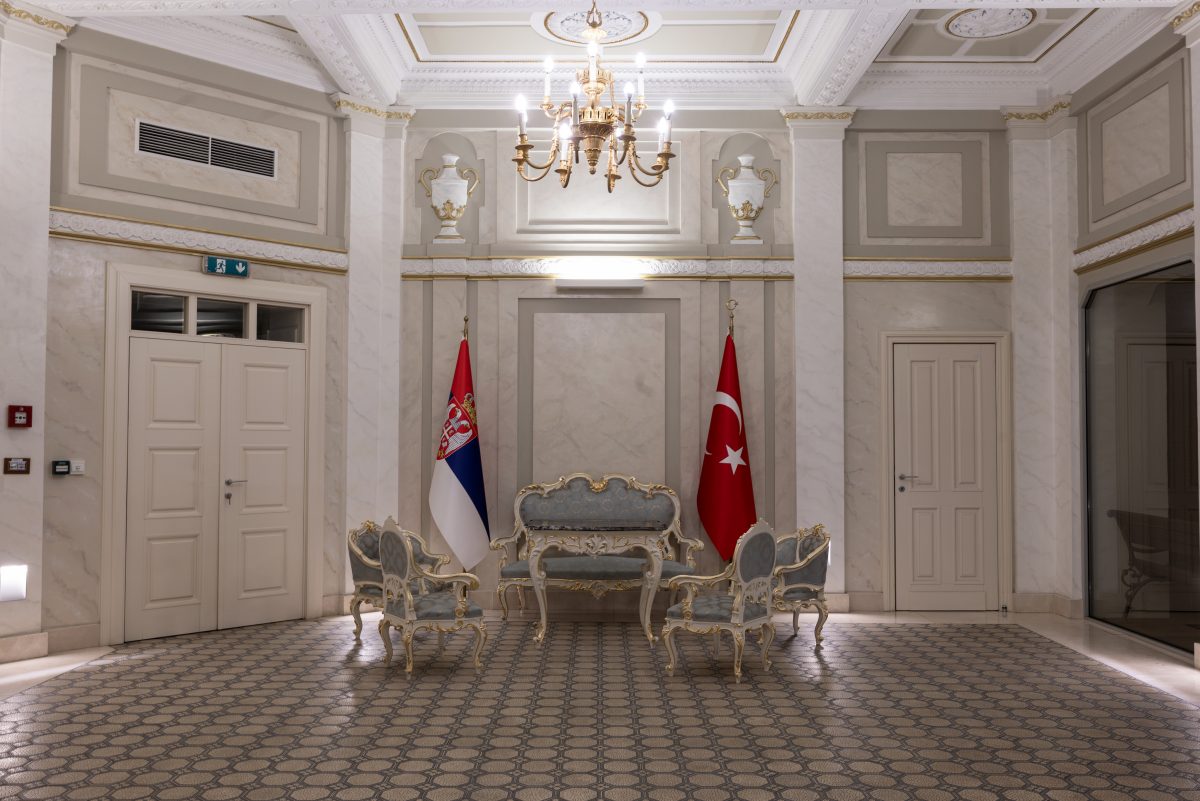
The building is an example of Neo-Classicism that dominated Europe and America in the late 19th and early 2Oth centuries and was also known as Academicism due to its origins in the French Académie des Beaux-Arts. The entrance is through a rounded corner. The exterior of the ground floor is rusticated, whilst the first and second stores are adorned with giant engaged ionic pillars. A more formal entrance reached by a few steps is situated in the courtyard elevation that has a symmetrical arrangement around a portico. Živojin Lukic’s (1889-1934) statues on the exterior and on the roof were intended to symbolize good fortune wishes for the bank. The renowned sculptor, whose golden years came in the 192Os and 1930s, created many pieces that are now on display in the Belgrade National Museum; his work also decorates several buildings in the historic Dorçol district. The famous Serbian poet Jovan Jovanović Zmaj is another artist that deserves a mention: a plaque outside the chancellery states he lived on this site in an older building.
“The famous Serbian poet Jovan Jovanović Zmaj is another artist that deserves a mention: a plaque outside the chancellery states he lived on this site in an older building”
The three-store chancellery (including the basement) has a footprint of 600 sqm on a plot measuring 1,180 sqm. An annex constructed between 2014 and 2016 is in perfect harmony with the historic building in mass and materials; rising at the rear, it turns the garden into a shared courtyard.
Several Ottoman structures such as tombs, fountains and mosques still survive in and around Belgrade Castle known as Kalemegdan (from Turkish for Castle Plaza, Kale Meydanı). Another park, this one closer to the chancellery, was converted from an ancient quarry: Tašmajdan, from Taş (rock) Meydanı. Three roads allude to Turkey in Belgrade: Angorska, Antiohijska and Jedrenska – Ankara, Antioch and Edirne. Belgrade is also rich with districts and neighborhoods that preserve their Ottoman names, such as Dorçol (Crossroads, Dörtyol), Topçider (Artillery Stream, Topçu Deresi), Karaburma and Bulbulder (Nightingale Stream, Bülbül Deresi).
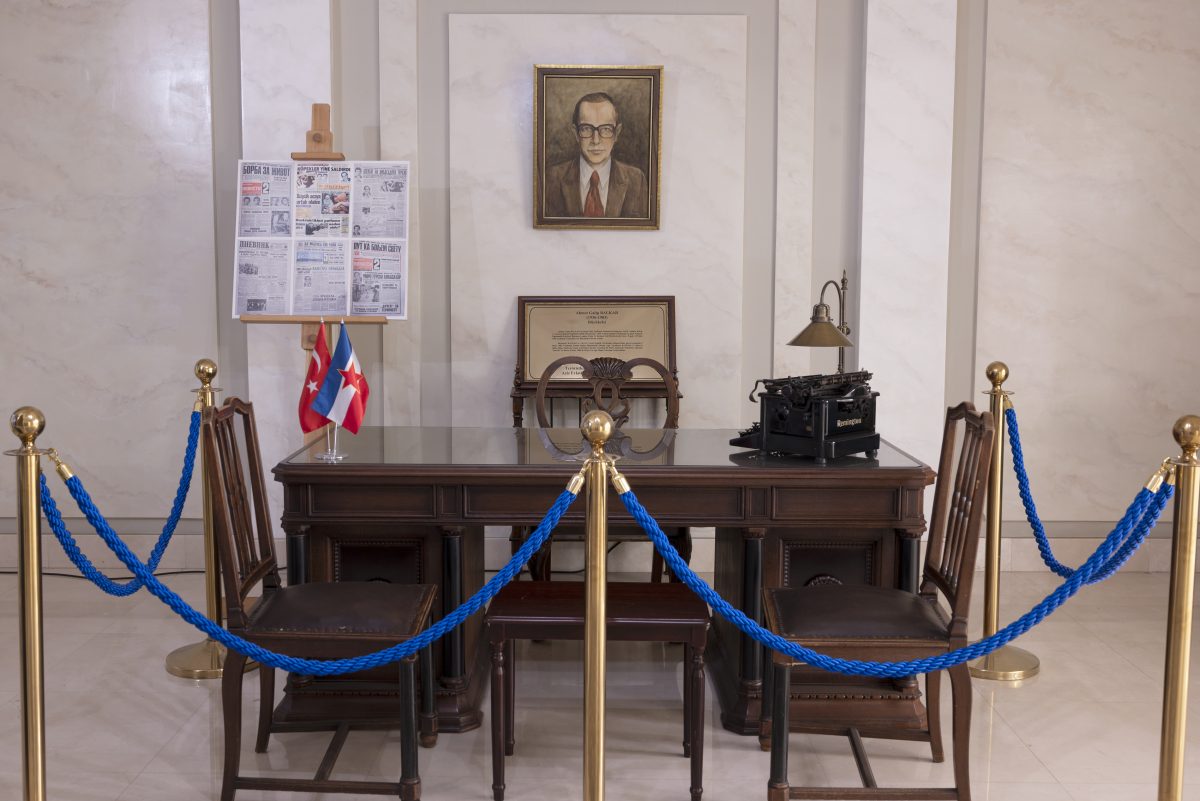
Alongside these cultural marks, the Embassy also bears the traces of a tragic event from the Yugoslav period: Ambassador Galip Balkar was assassinated in 1983 by Armenian terrorists. An oil portrait of him and some of his personal effects are on display together with newspapers of the day at the ground floor. A memorial plaque was also placed in 2019 at the corner of Resavska Street and Boulevard Kralja Alexandra, where the terrorist attack was taken place.
